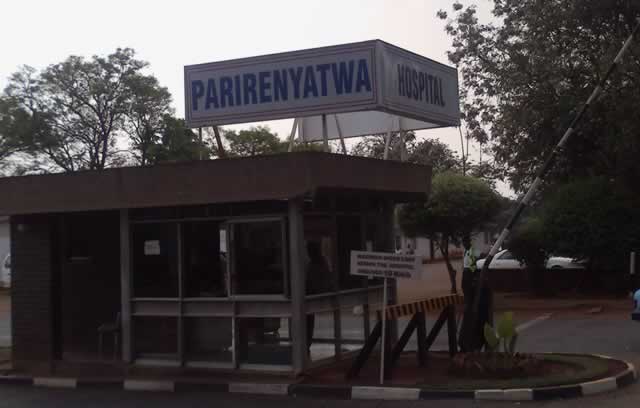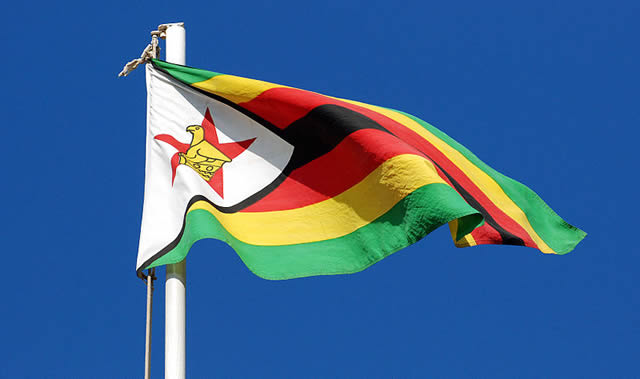Hospitals bear brunt of limited resources

Thupeyo Muleya Senior Reporter
In the Universal Declaration of the Human Rights, there are 30 articles, a number of which include people’s rights to better living conditions, the right to health and medical services. Like any other governments in the world, the Government of Zimbabwe has the mandate to ensure that all its citizens have access to quality health care and services. In line with that the Government, through the Ministry of Health and Child Care, has been addressing the issue of primary healthcare through the construction and setting up of referral hospitals in each district across the country.
The growth of towns and other districts is one of the areas the Government has overlooked in terms of upgrading health institutions to meet modern trends. The skewed allocation of resources has left many of these hospitals strained by the demands of the continuing population growth.
Beitbridge District Hospital is one of the worst affected hospitals and needs urgent upgrading considering its geographical location as the busiest inland port of entry in Southern Africa. It is also instructive that Government is collecting close to $2 million per day from Beitbridge.
When the 140-bed Beitbridge District Hospital was opened in 1991, it was a referral centre for 90 000 people from across the district. On top of this, the hospital also caters for a daily transit population of 10 000 and several others who fall ill on their journeys to either Harare or Bulawayo on and in transit to other countries north of the Zambezi River.
The population in Beitbridge district currently stands at over 130 000 but resource allocations to the referral hospital are still being availed based on the 1991 establishment, which is a travesty. For instance, the town’s population was around 3 000 during the institution’s opening and that has grown to 42 000, and the staff establishment has remained at 151 nurses and four doctors and all these are filled. This staff establishment is being regarded as full strength, but is less for the job at hand.
New departments such as the Opportunistic Infections Clinic, Voluntary Male Circumcision Centre, and Cancer Screening Centre and also new vaccines have been introduced though no new members of staff have been deployed. This scenario has left authorities at the hospital having to work with skeleton staff to fill all those departments.
The hospital is faced with acute water shortages since it is built on high ground and the Zimbabwe National Water Authority is failing to pump enough water to the institution. The ideal situation will be to have the hospital administer its own water facilities considering the critical service it offers to the community and transit population.
Though the hospital has a reasonable supply of drugs and consumables these are, however, not enough for the work at hand. The hospital is often loaded with more work in cases of disease outbreaks. For instance, the female ward had to be closed in 2008 to accommodate cholera patients and this led to a strain on the hospital which already has infrastructure shortages.
It is understood that the mortuary, with a carrying capacity of 30 bodies, is overflowing with 29 unclaimed bodies from as far back as November last year. These bodies are brought in by police for either criminal investigations or related matters. In the last fiscal budget, the hospital was allocated $250 000 for improvement of services though less than a third has been availed and we are almost halfway through the year.
The hospital’s fleet of vehicles also needs replacement. The hospital has three ambulances which are constantly breaking down. A number of task force teams including several ministers and parliamentarians have visited the hospital several times to ascertain and address challenges, but those attempts have come to nought. It boggles the mind why authorities have to take equipment to Bulawayo for autoclaving (sterilisation) when central Government can simply buy and deploy such equipment to Beitbridge.
In some instances, some emergency cases are referred to United Bulawayo Hospitals — which is 327km away – and yet the institution has four qualified medical doctors who can perform the same services. Their main challenge is the unavailability of requisite equipment. At times patients die while being transferred to Bulawayo for further management, a situation which is avoidable if medical staff in Beitbridge are well equipped.
The Herald is reliably informed that no resources are replenished by the Ministry of Health and Child Care (to the hospital) especially those that have been used in emergency cases such as road traffic accidents.
It is high time Government reviewed its position on resource allocation at Beitbridge District Hospital taking into account the job at hand. The Government should also avail funds to construct a fire station in the town. At the moment the town relies on Musina Emergency Services in South Africa or on Gwanda Municipality which is 200km away. It is also important for health workers to change their attitude towards work and improve services rather than mourning about resource shortages forever.









Comments